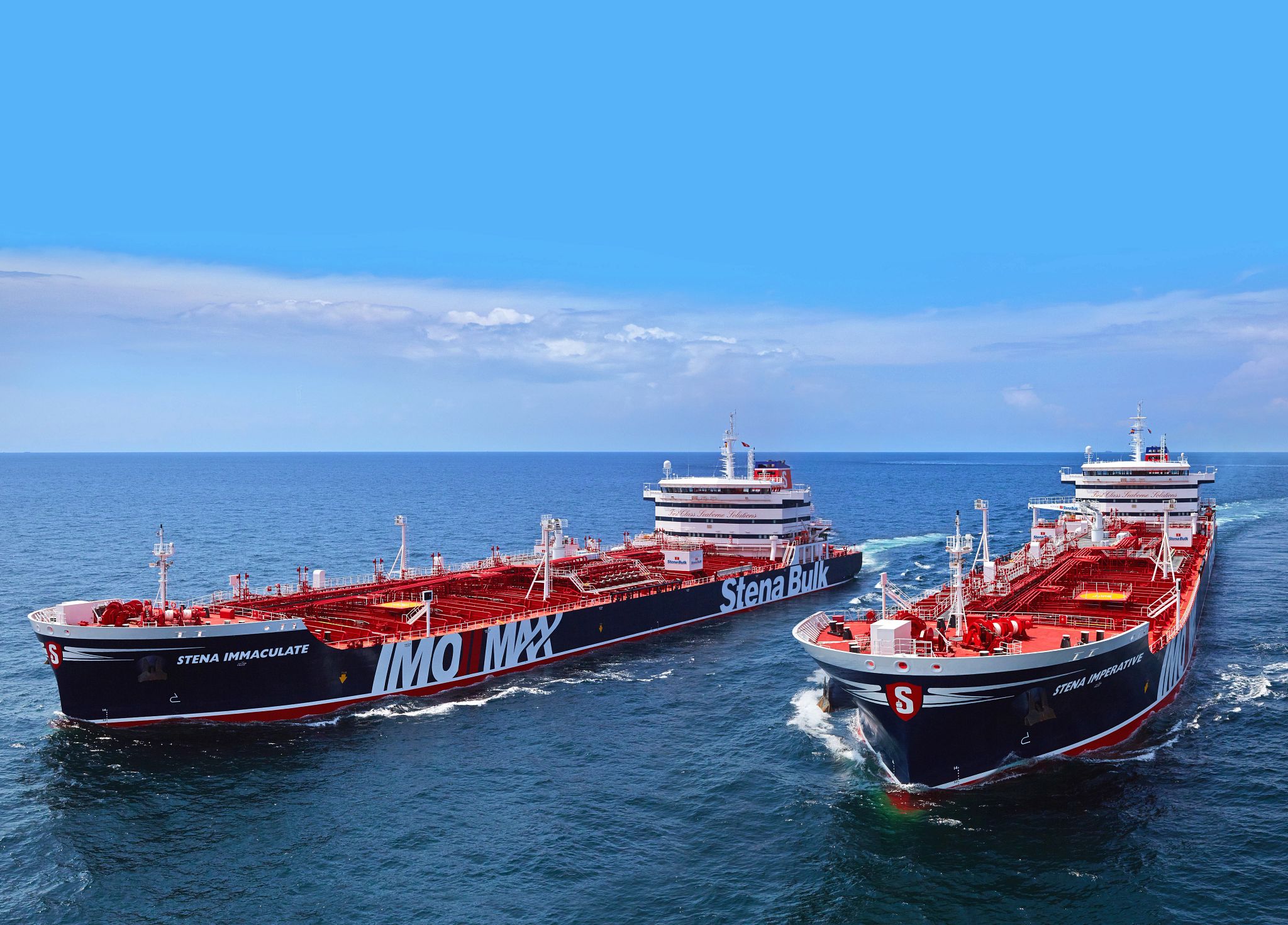U.S. Customs Revenue Tops $100 Billion for First Time Amid Tariff Surge
US revenue from customs duties this fiscal year surpassed $100 billion for the first time, reflecting higher tariffs imposed by the Trump administration.


LONDON, Sept 18 (Reuters) – The United States is boosting access to commercial products tankers as part of a security drive to safeguard oil shipping for its armed forces in times of crisis, a top Department of Transportation (DOT) official said.
The U.S. flagged commercial fleet comprises a few dozen tankers with the majority involved in domestic trade and there has been concern over possible disruptions to the U.S. economy if those vessels were sought for use by the military, according to a Department of Defense study.
The Tanker Security Program has aimed to charter 10 internationally trading vessels for 2023 that can move oil products. Each would receive an annual payment of up to $6 million and had to be U.S. operated and have U.S. crews.
Nine vessels have joined the program, with an update on the final one expected soon, and six of the vessels will transfer to the U.S. flag, said Ann Philips, Administrator of the Maritime Administration (MARAD), the DOT’s agency responsible for the country’s waterborne transportation system.
“This program is the start of building some organic capacity,” Philips told Reuters on the sidelines of London International Shipping Week last week.
The charter agreements are until 2035, MARAD said.
Philips, a retired U.S. Navy rear admiral, said MARAD was working to bring in another 10 vessels next year, adding that the military had access to “modest tanker capacity” in the past.
The tanker scheme builds on separate initiative for 60 vessels, mainly container ships active in international trade, that the United States can access.
MARAD is separately responsible for a ready-reserve force of around 48 ships, mainly RORO (roll on-roll off) carriers located around the U.S., which have a five-day notice to move.
“We are in the process of recapitalizing that fleet either through service life extension or buying used vessels,” Philips said.
The U.S. is grappling with a shortfall of mariners, estimated at 1,800, which Philips said MARAD was trying to address through recruitment and training drives.
Washington could soon offer to put armed sailors and Marines on commercial ships sailing through the Gulf’s Strait of Hormuz, two U.S. officials said in August, amid alleged attempts by Iran to hijack ships in international waters.
(Reporting by Jonathan SaulEditing by Tomasz Janowski)
(c) Copyright Thomson Reuters 2023.

Sign up for gCaptain’s newsletter and never miss an update

Subscribe to gCaptain Daily and stay informed with the latest global maritime and offshore news


Stay informed with the latest maritime and offshore news, delivered daily straight to your inbox
Essential news coupled with the finest maritime content sourced from across the globe.
Sign Up